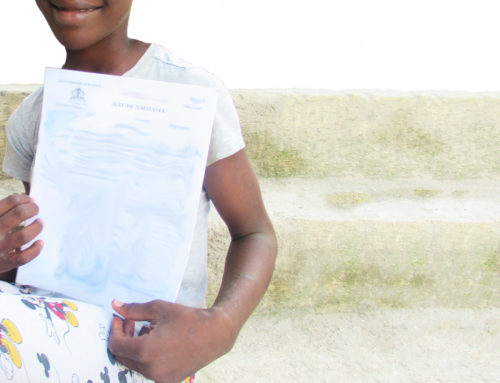
Haitian food is simple but delicious. Basic and affordable, Haitian food includes produce and products that can be found right in Haitians’ own backyards. Street vendors are common and they serve up many of the same things you might find in a local’s kitchen. The culinary influences come from all around the world including France, Africa, and other Caribbean countries.
What Are Some Typical Dishes Local Haitians Eat?
For main dishes, chicken is a near requirement. There’s poulet aux noir, or chicken and cashew nuts. It’s a stewy, brothy dish with tomato sauce and a rich flavor profile. You’ll find that brothy dishes that lean toward being stews are common in Haiti (which might surprise you, given the warm climate).
Another dish is stewed chicken with cornmeal and beans. The stewed chicken is served right on top of the cornmeal and beans and often served in large portions. Other proteins you might find on the menu include pork and conch, the latter being especially popular around the coast.
Side Dishes and Dessert
The Haitian version of beans and rice actually doesn’t include beans at all – it features peas. It’s a regular side dish that you’ll find with just about anything else. The main ingredients are black-eyed peas, not your standard green English variety. Much of the flavor comes from some salt and pepper and perhaps an onion. It’s a filling, rib-sticking dish perfect for a hearty winter meal – though Haitians don’t really have to worry about the cold.
Plantains are a staple, as they are in many Caribbean countries, and they can be cooked up in a variety of ways: fried, mashed, boiled, you name it. Fried plantains take limited ingredients (plantain, oil, maybe some sugar or salt) and can be cooked up in a few minutes. You just slice up the plantains when ripe, fry them in oil until brown on both sides, and devour.
Plantains are often served up for breakfast, which is quite a different meal that what you might see in the United States where we load up on eggs, cereal, and waffles. For breakfast in Haiti, you’ll find food similar to what a Haitian would eat all day long – plantains, seafood, and sometimes even spaghetti!
In addition to plantains, coconut milk is also a primary ingredient in many Haitian recipes. There’s a particular Haitian dessert that makes good use of it called blancmange. Blancmange is a gelatinous dessert found at weddings and celebrations. It’s not an overly sweet dish, but it is very coconut-y with a nice, smooth texture. The dessert started out in France, but then made its way over to Haiti during colonial times where it evolved into what you’ll see today. The ingredients are few – gelatin, vanilla, coconut milk, evaporated milk, condensed milk and tropical fruits – but the impact is big. Haitians also like to add coconut to their ice cream, which is made with just a few ingredients and requires no cooking.
For more insight into Haitian life and to find out how you can join our efforts to free Haitian children from the restavek system of slavery, check out the Restavek Freedom blog!









